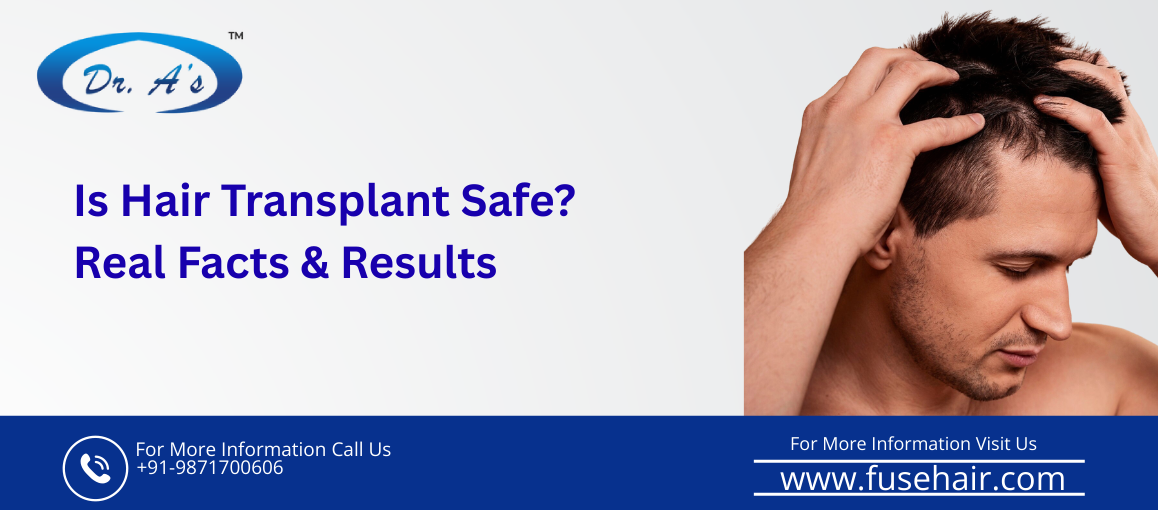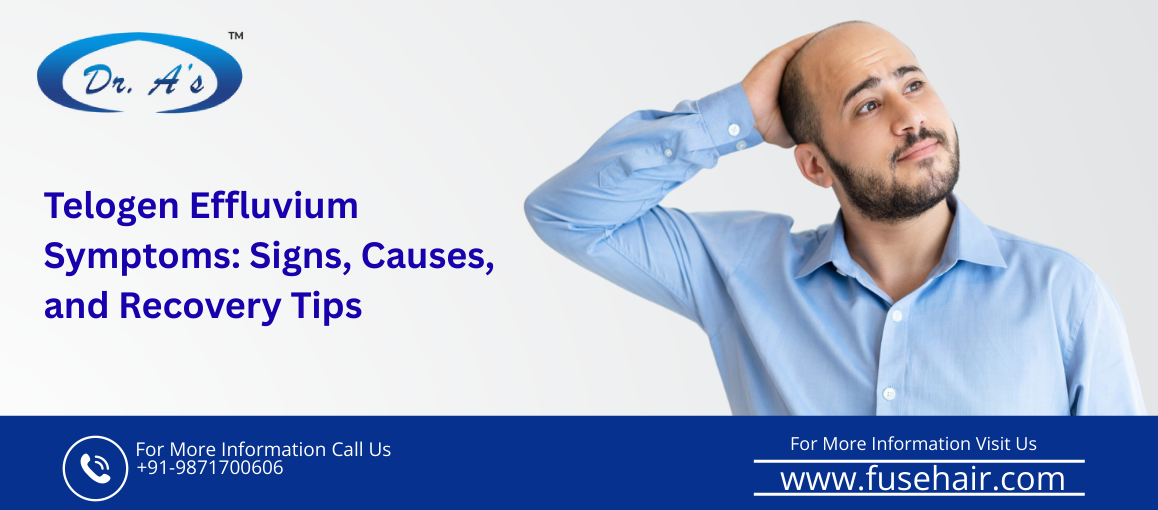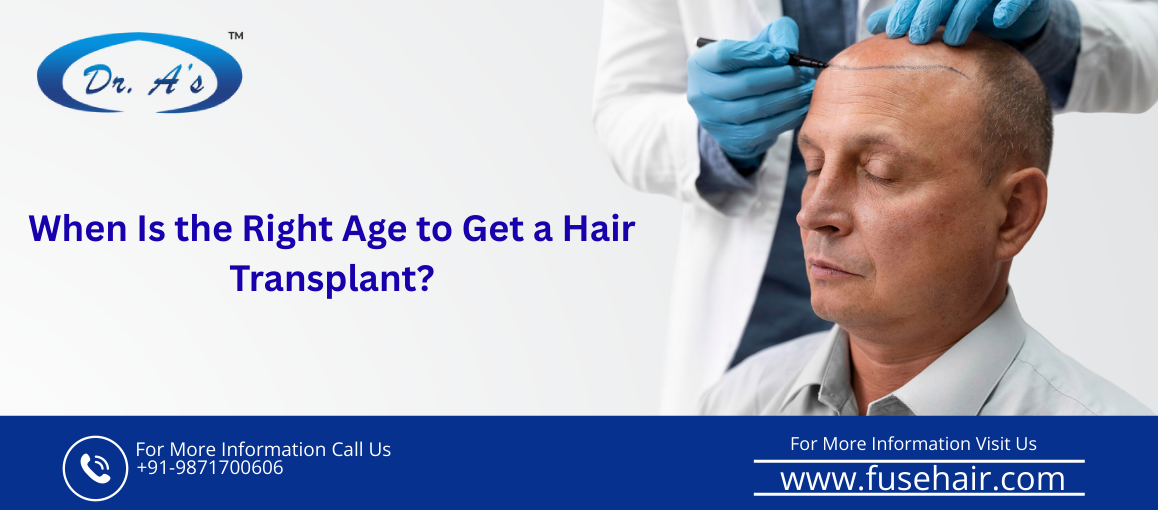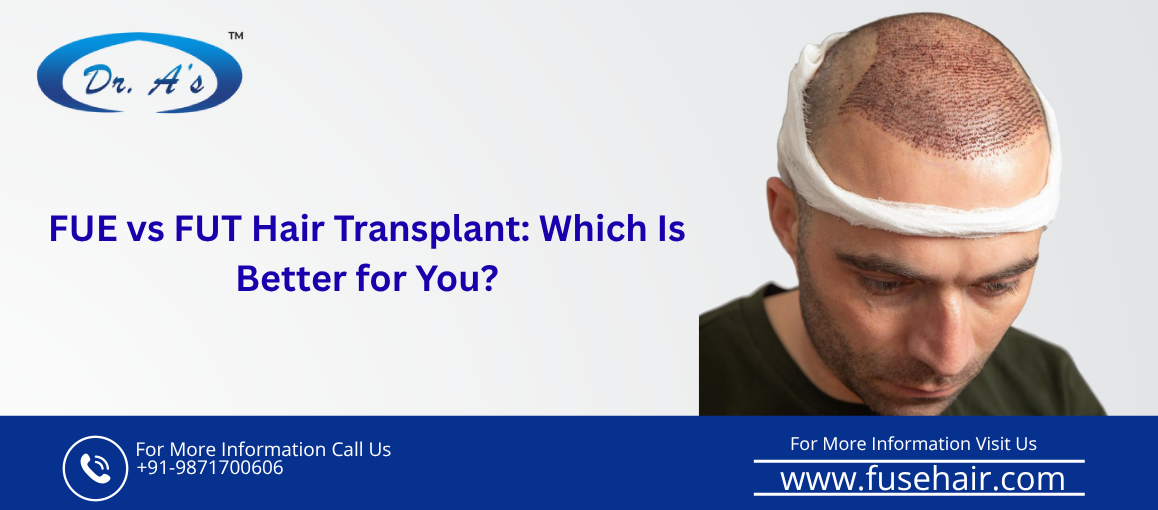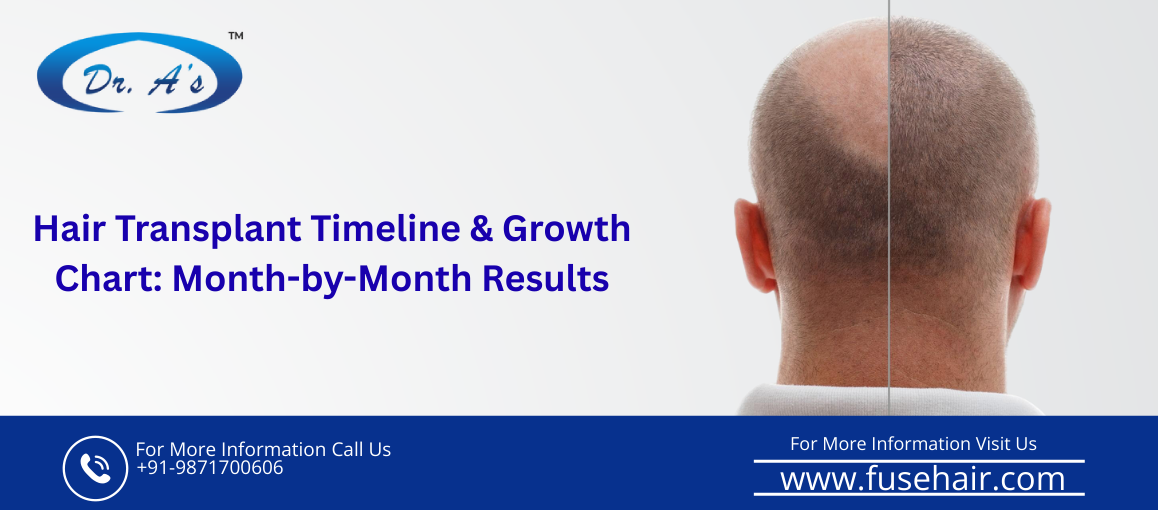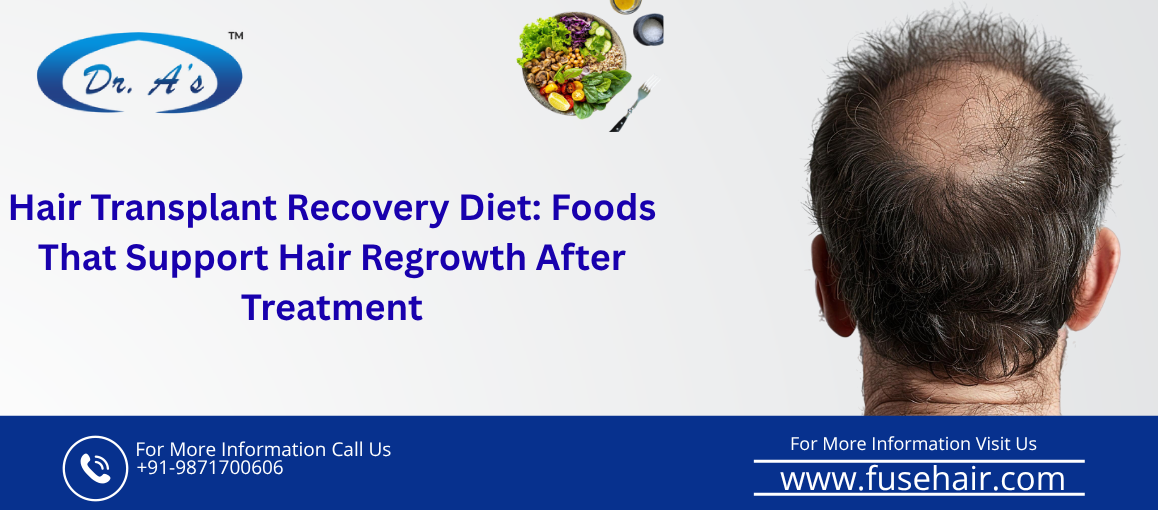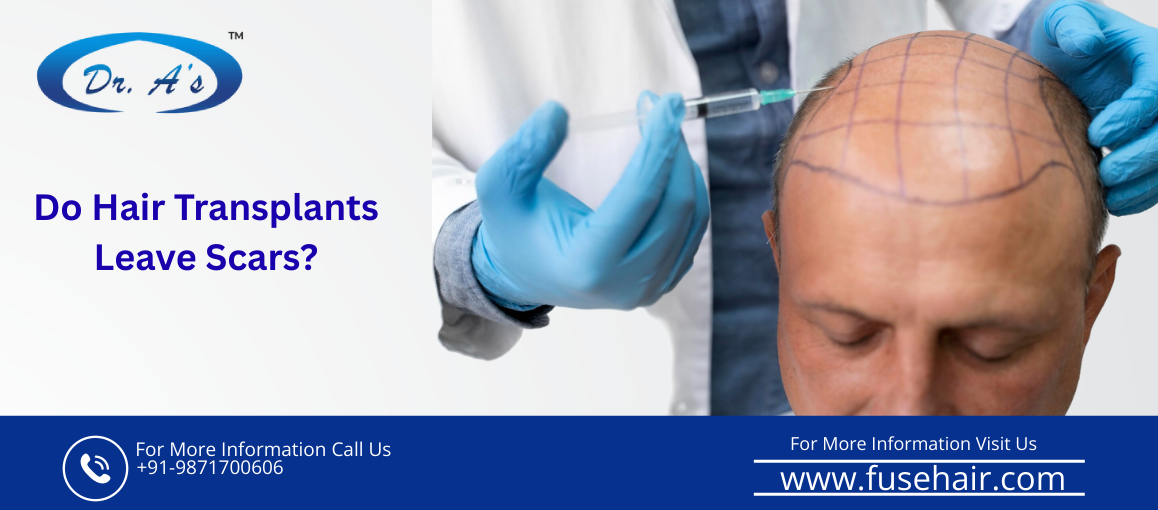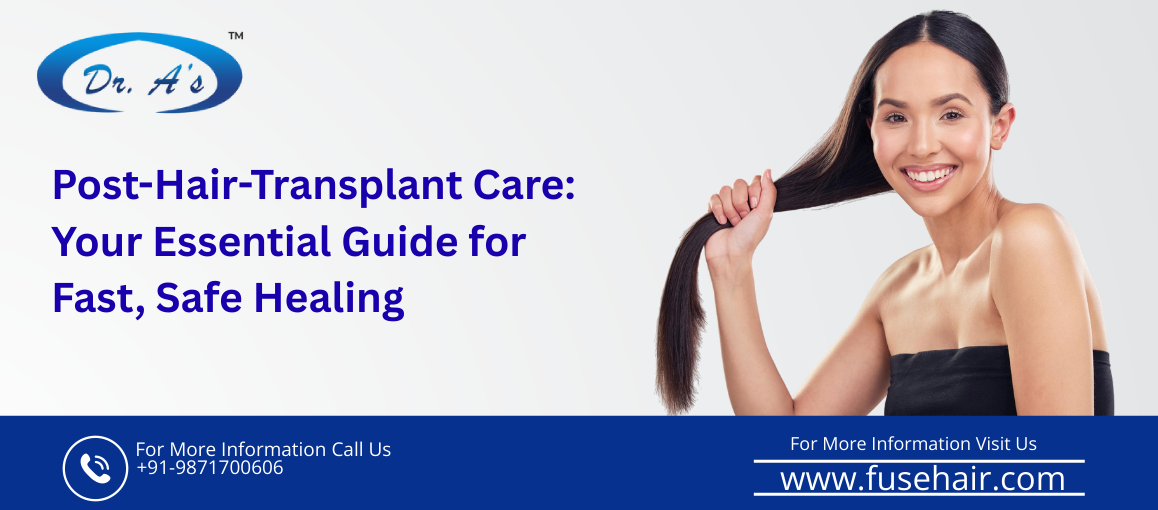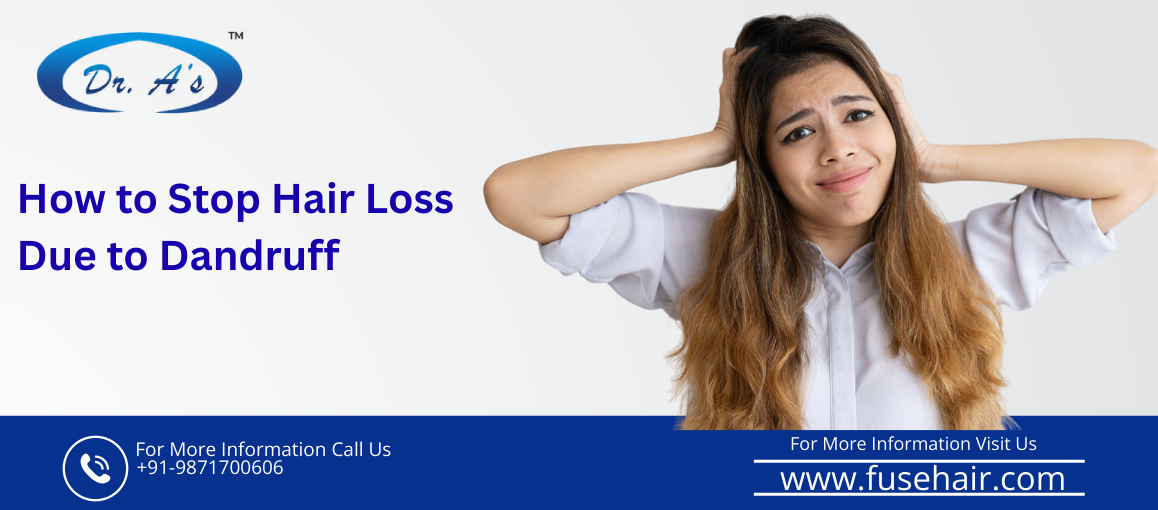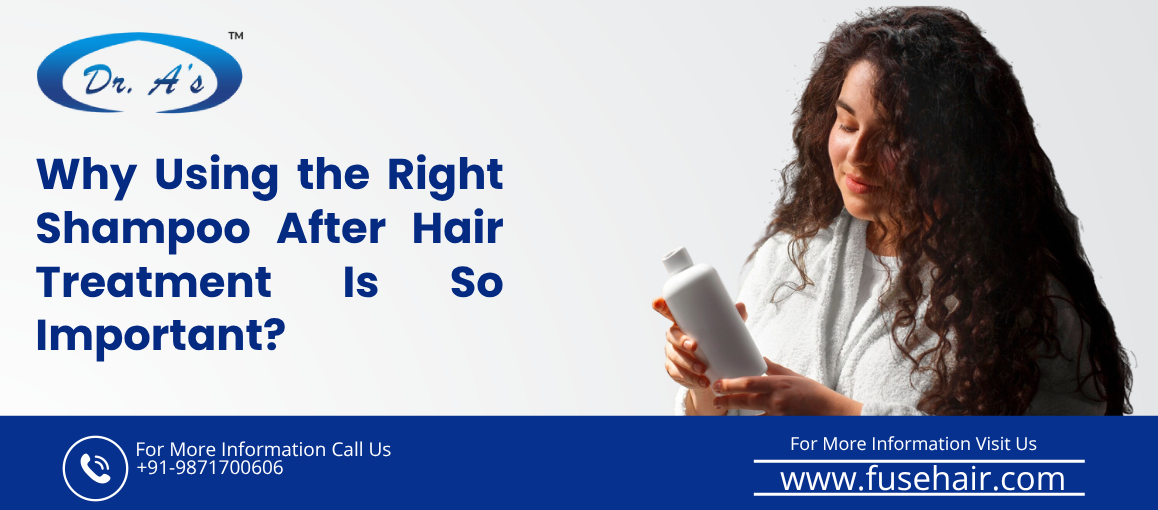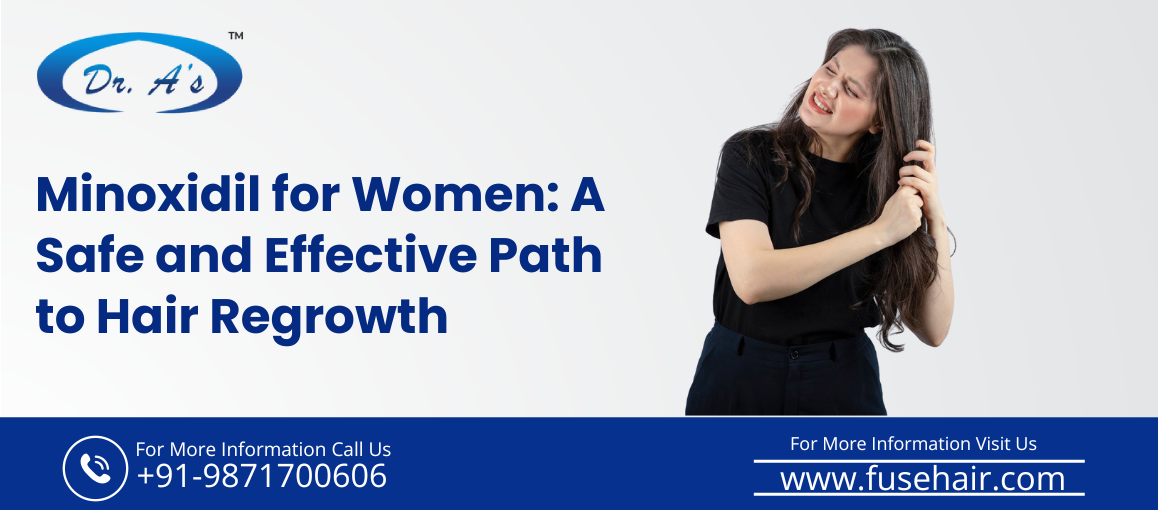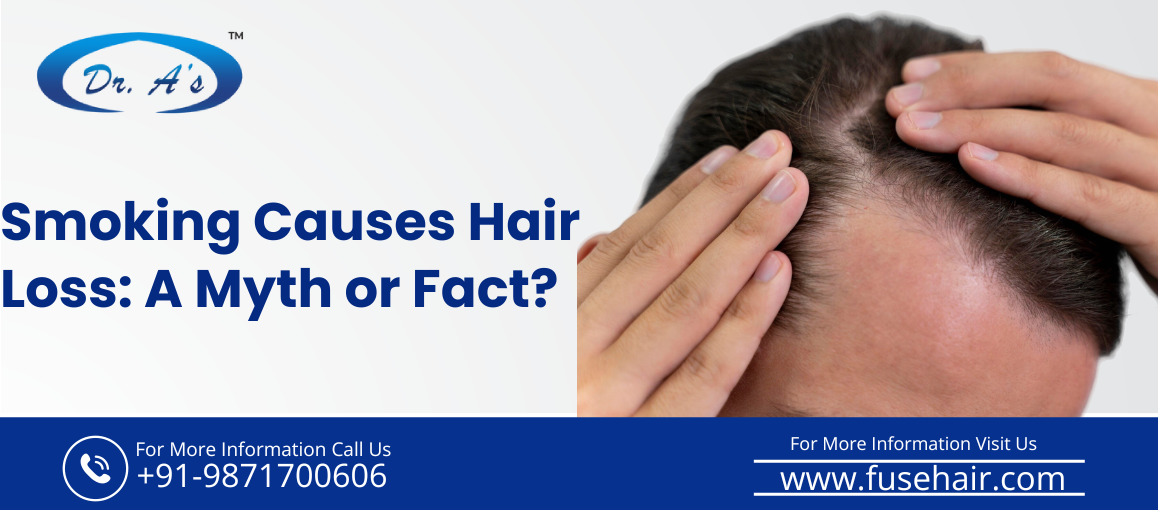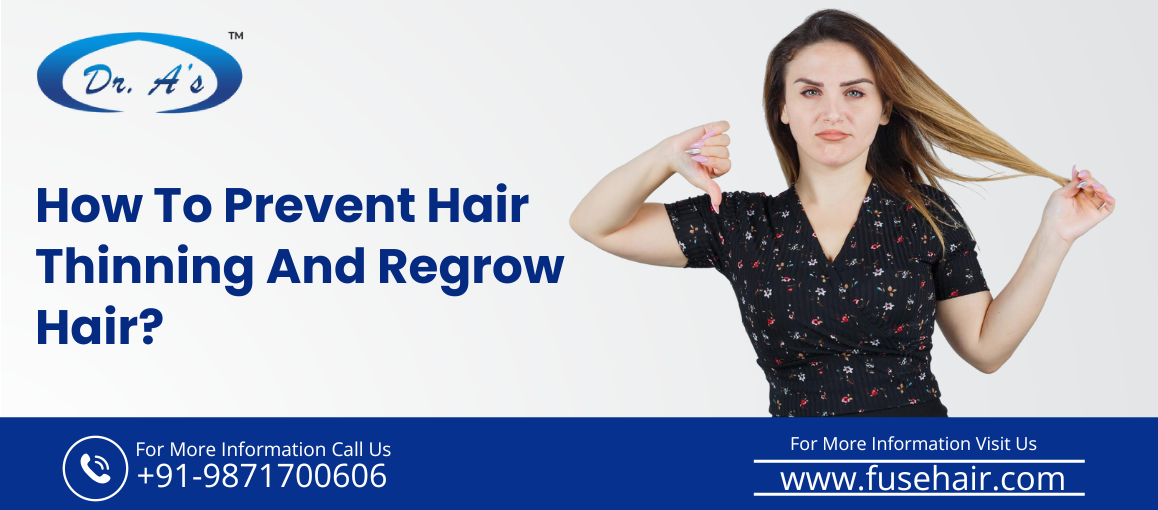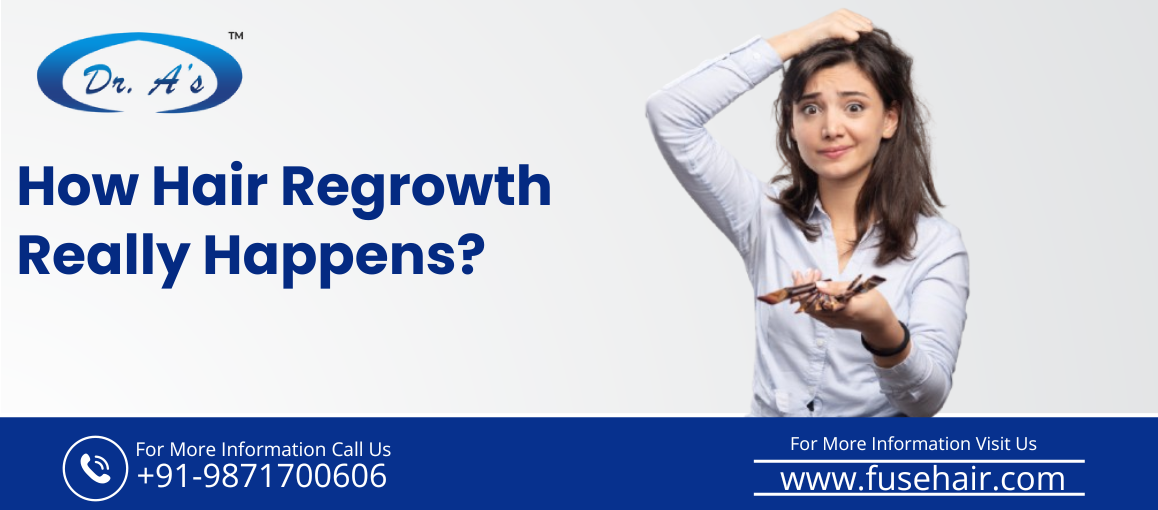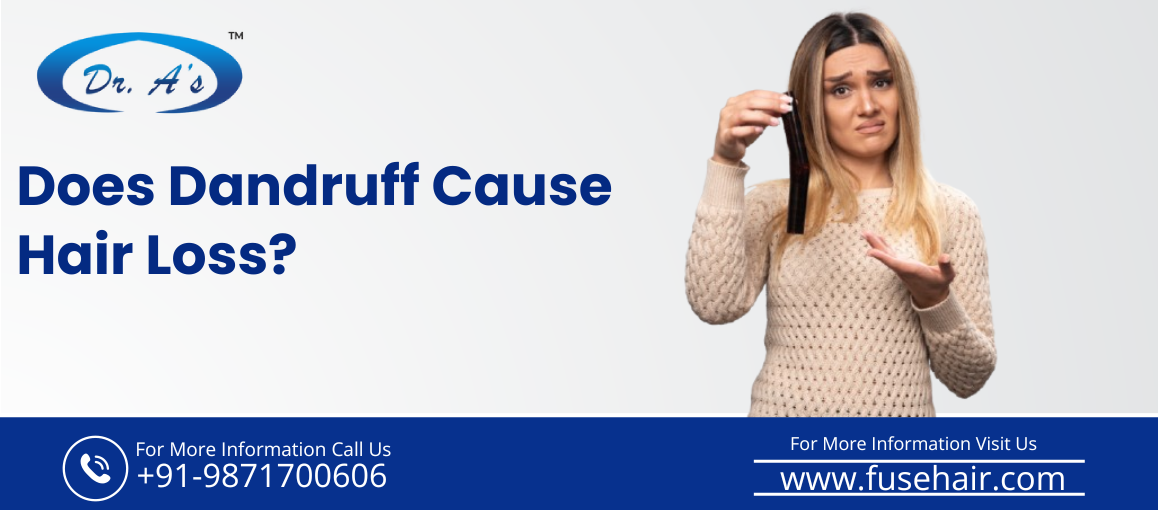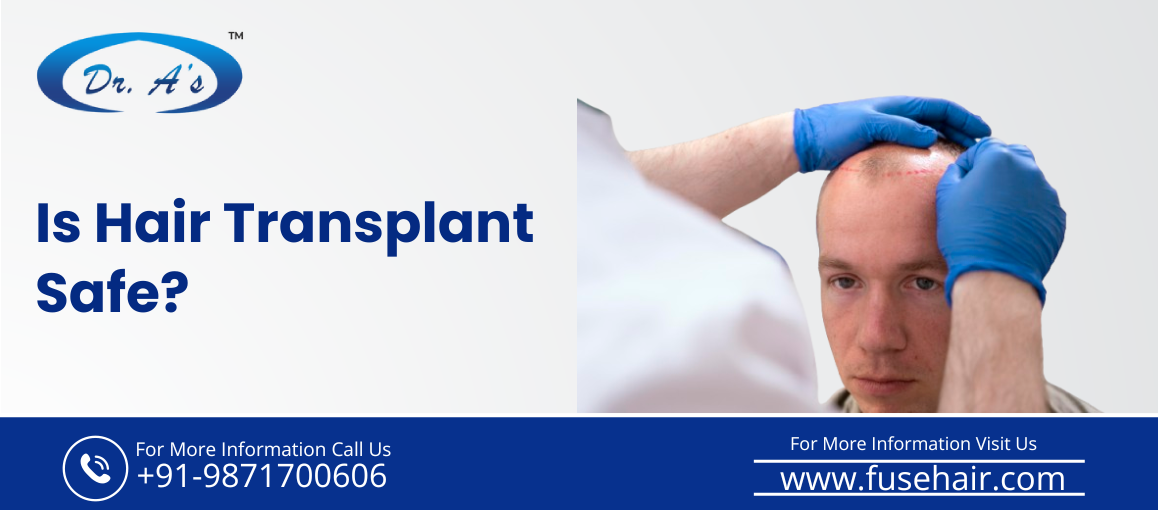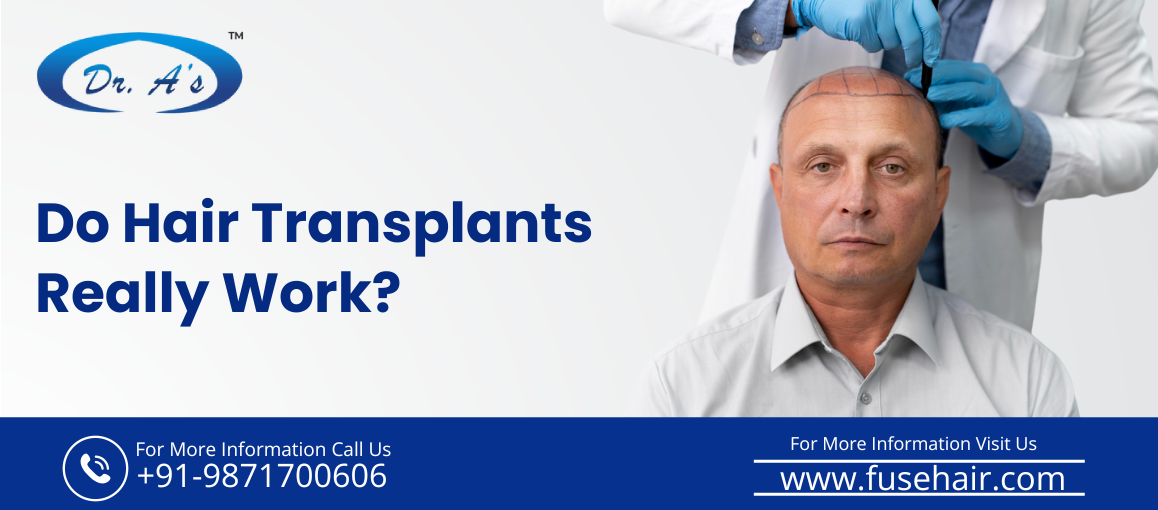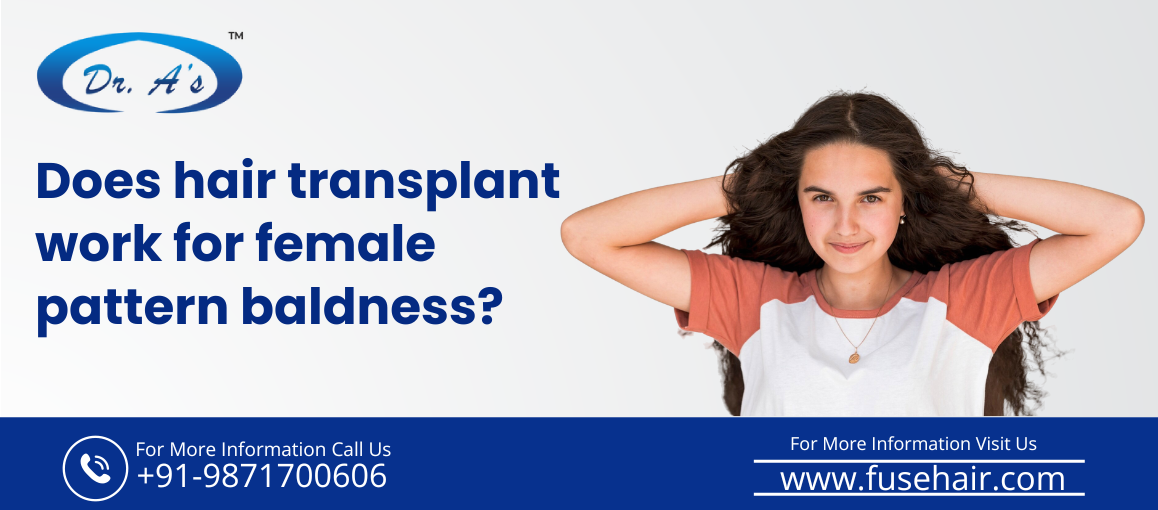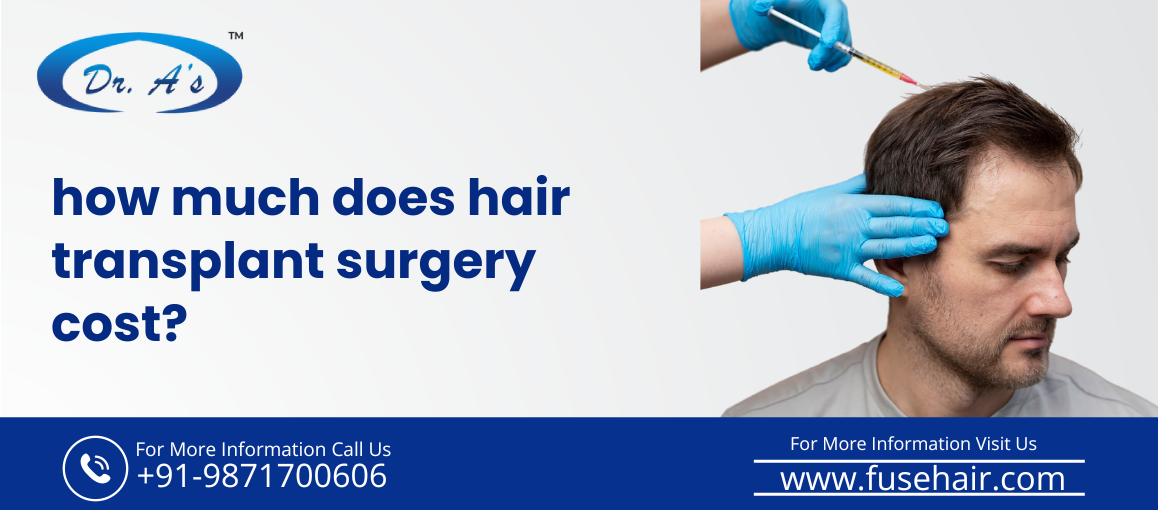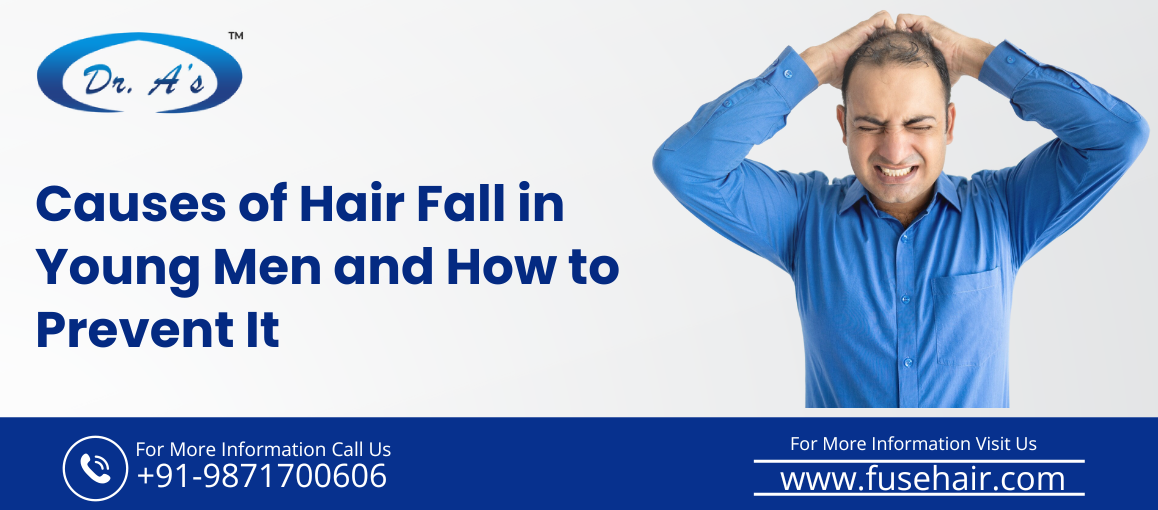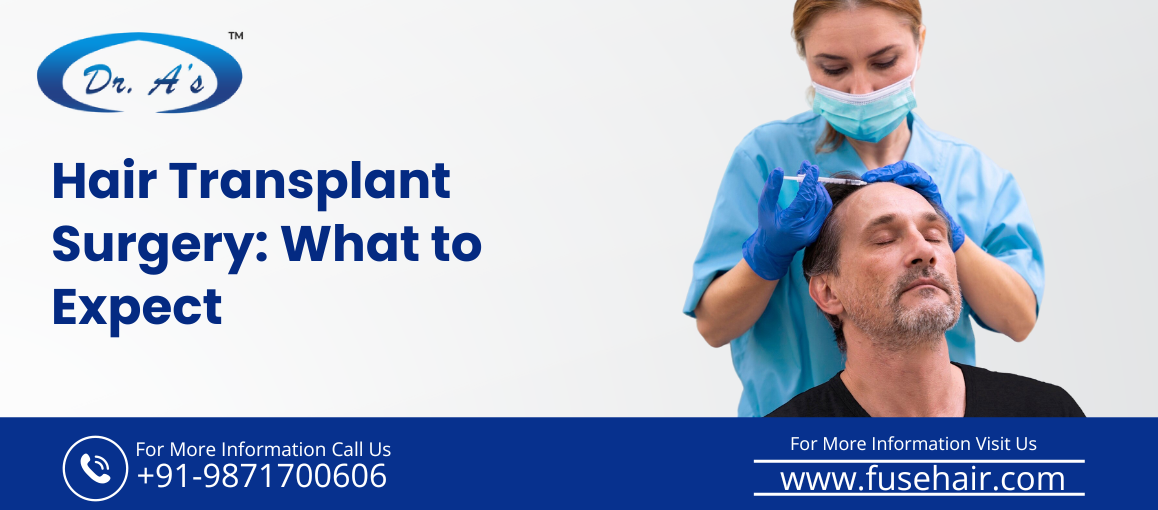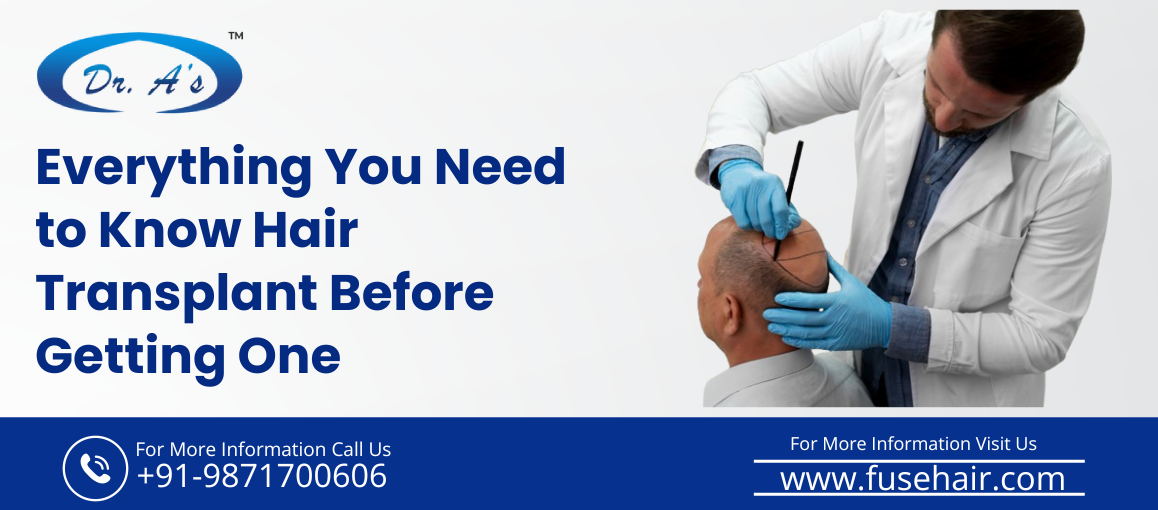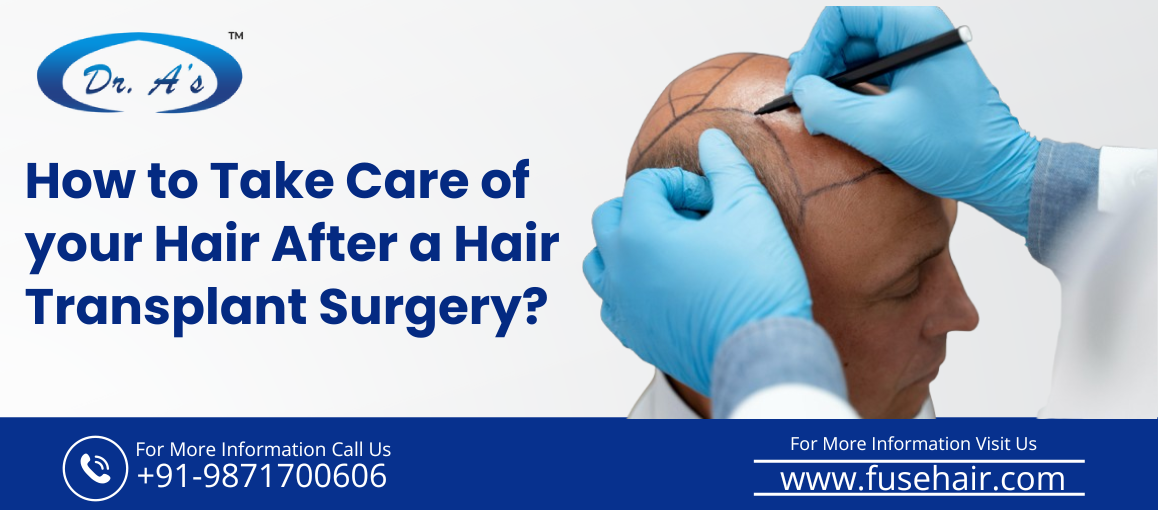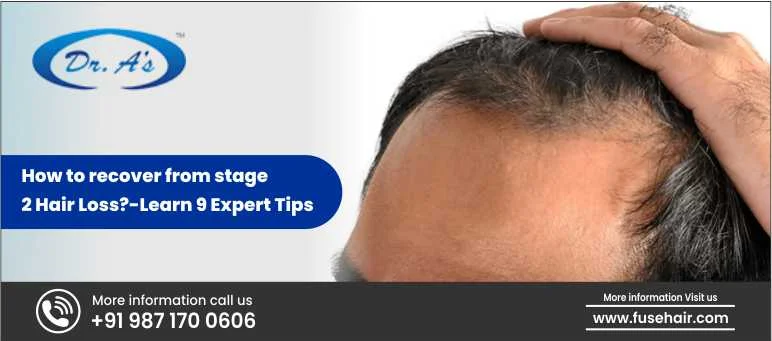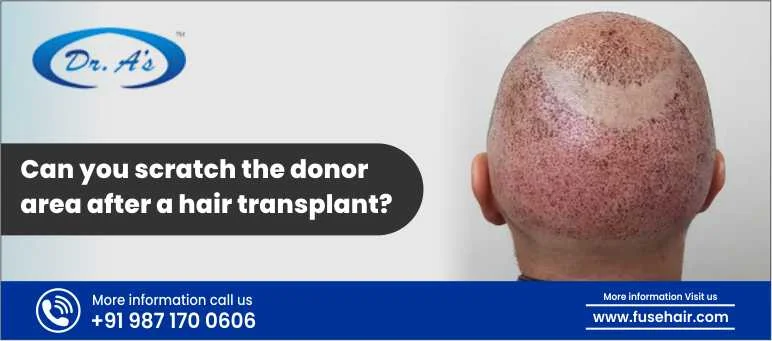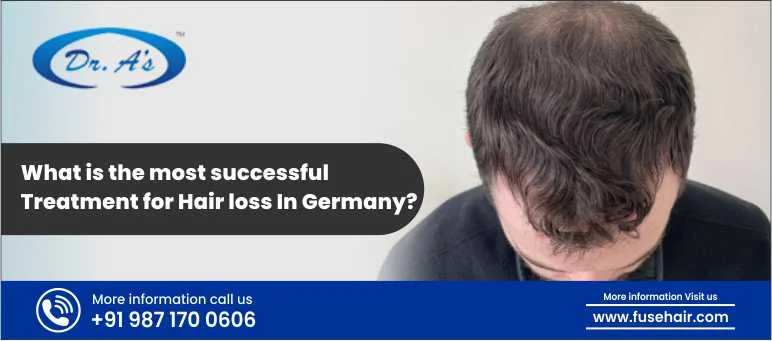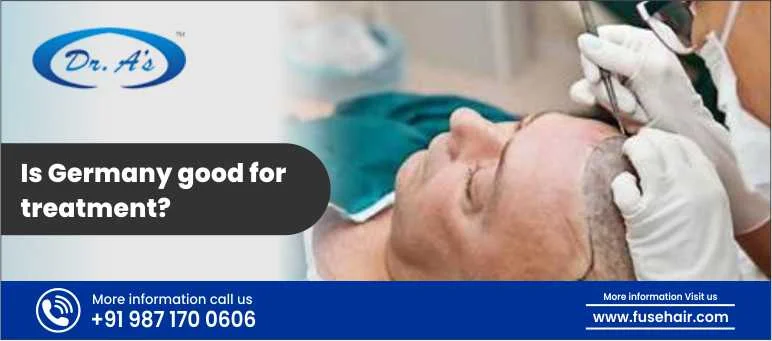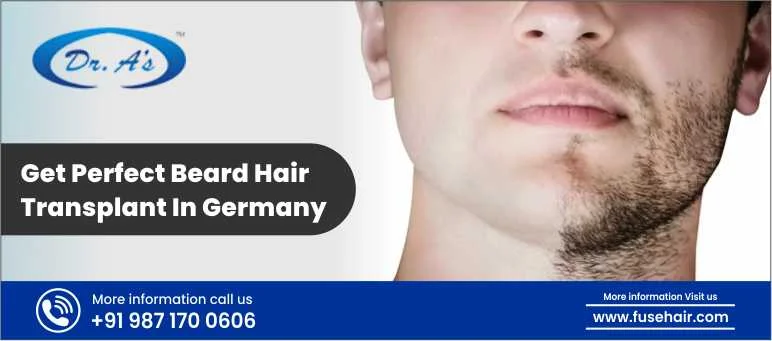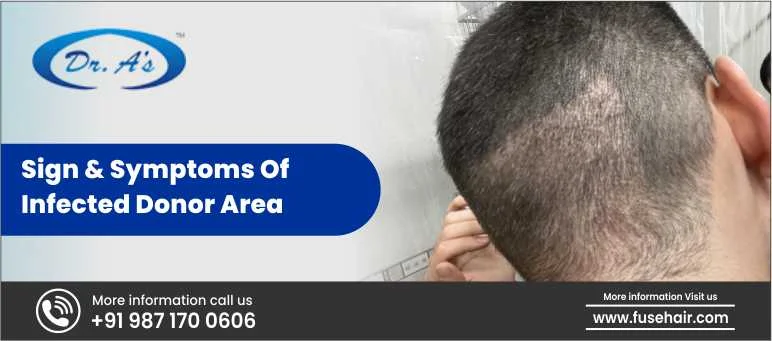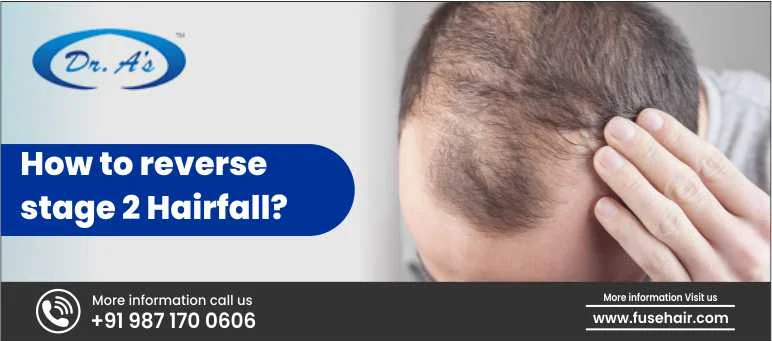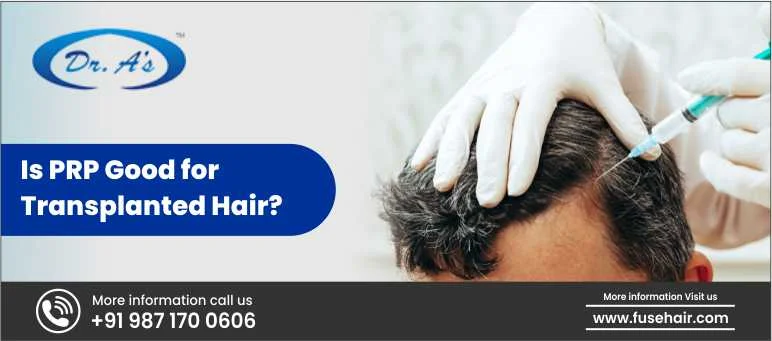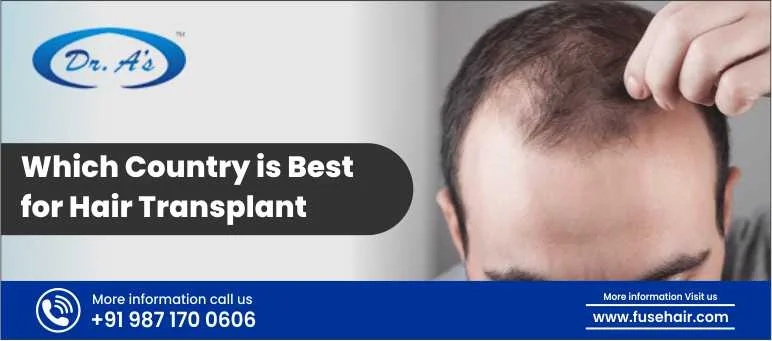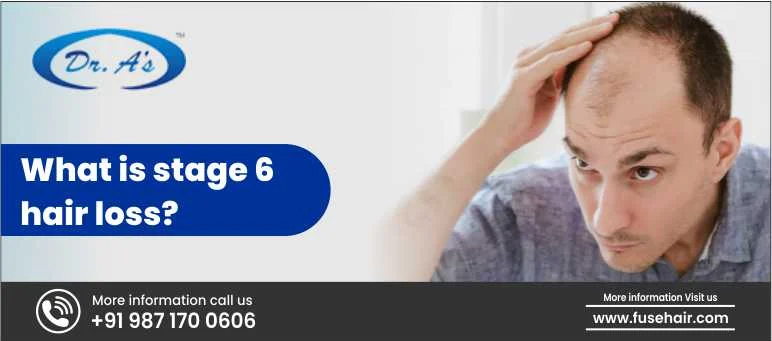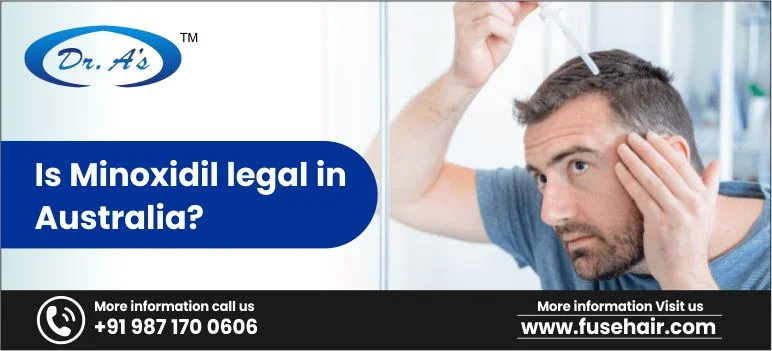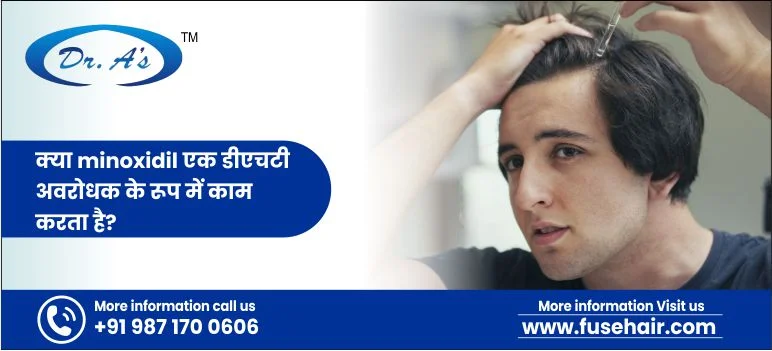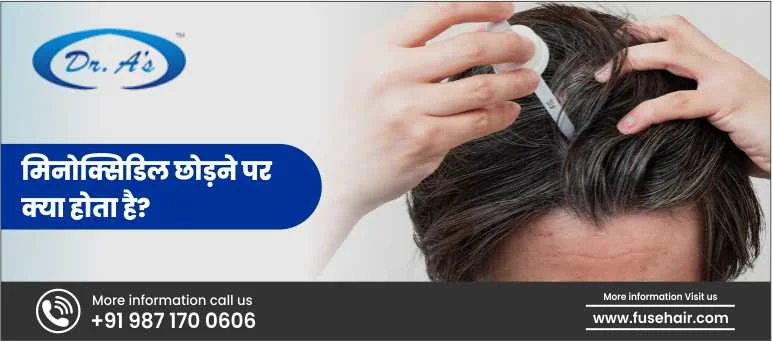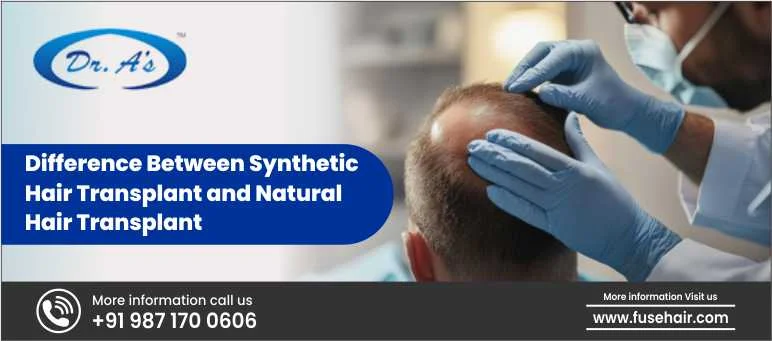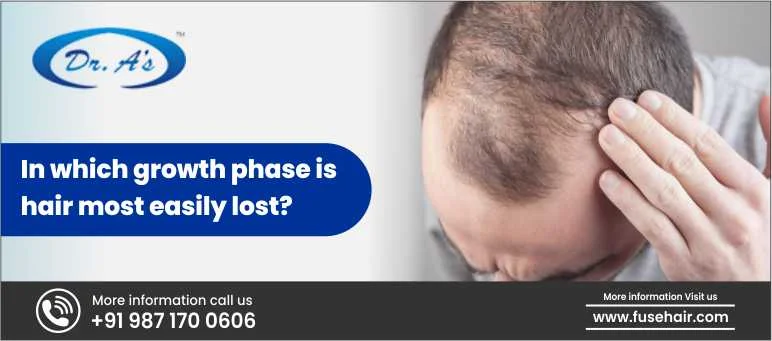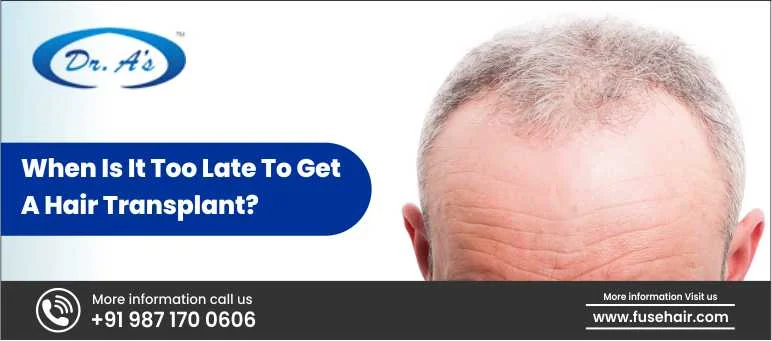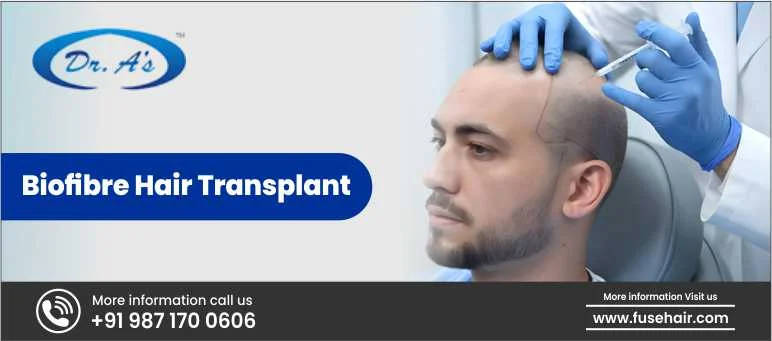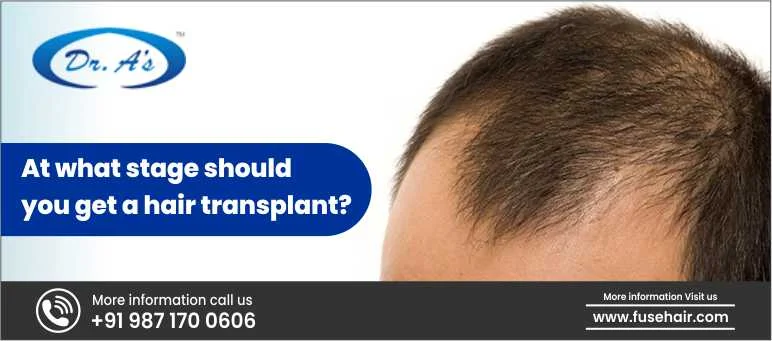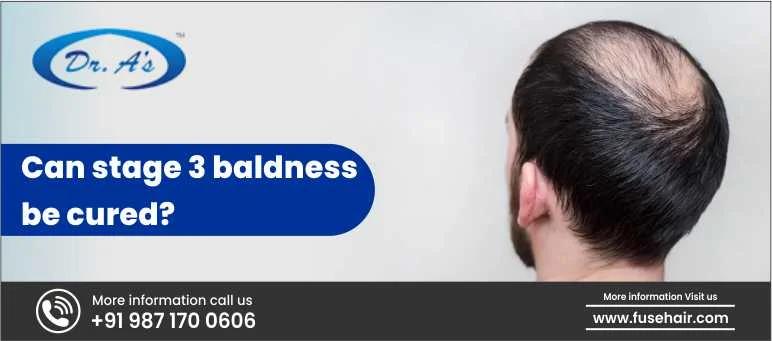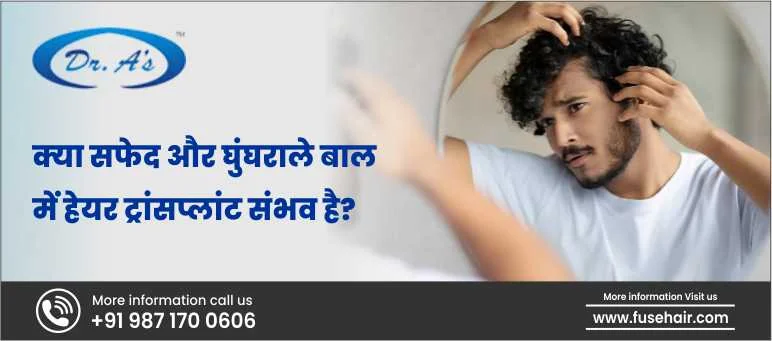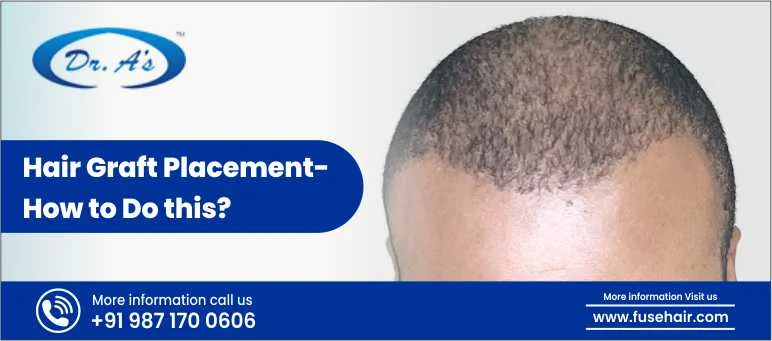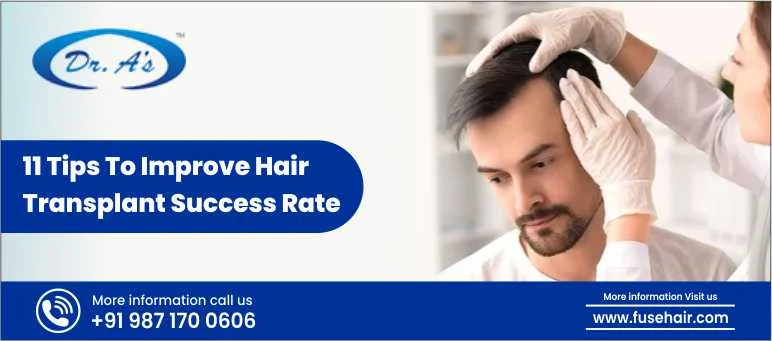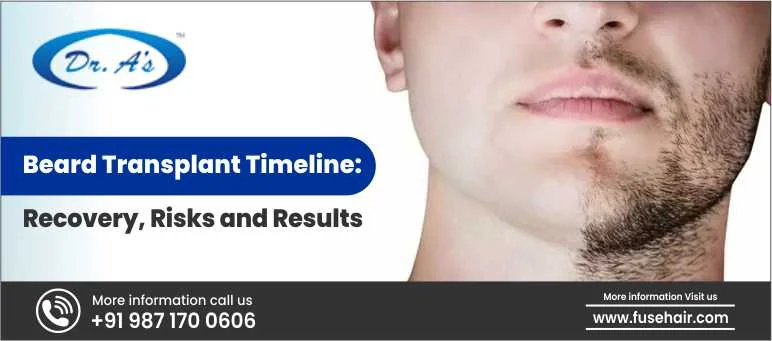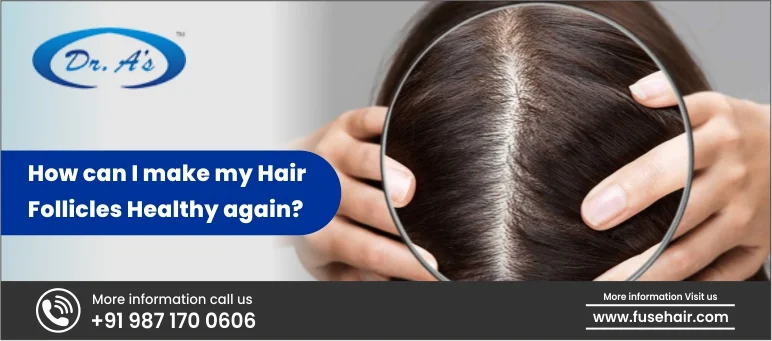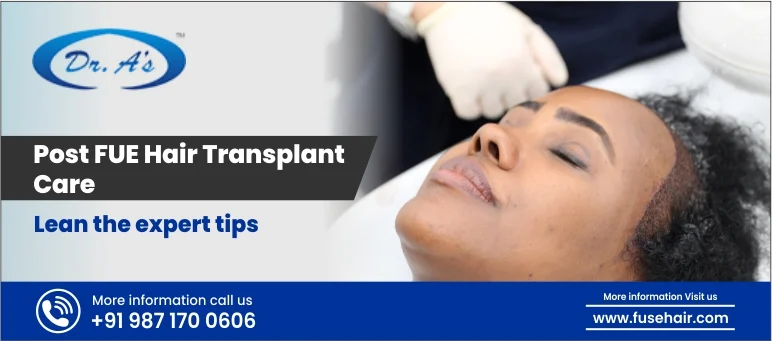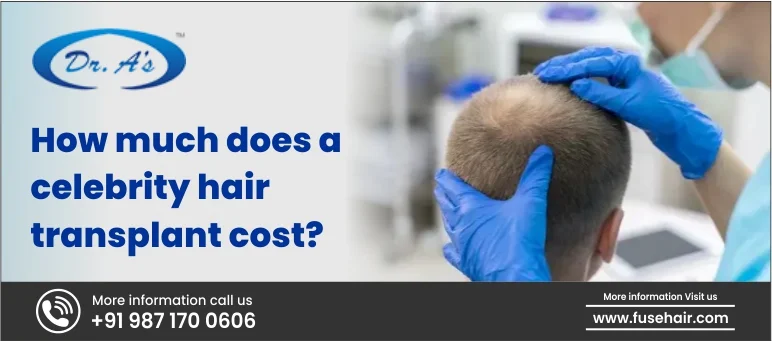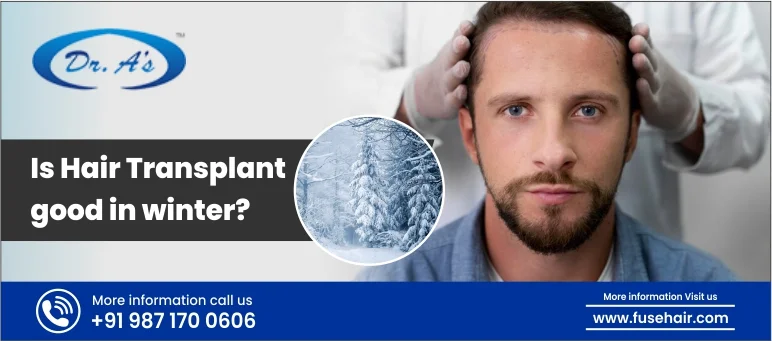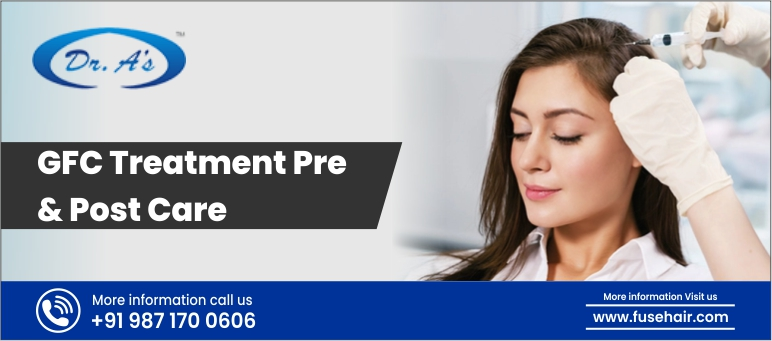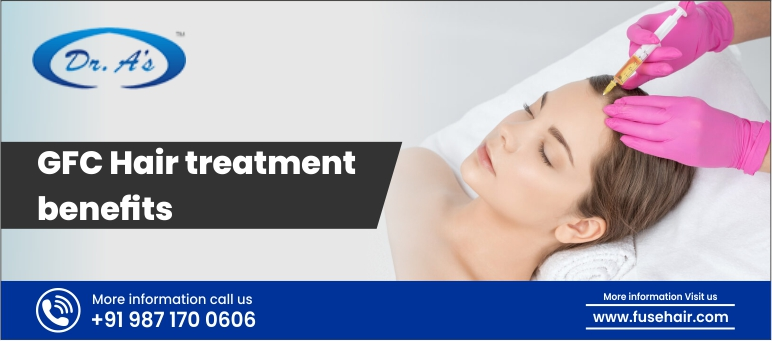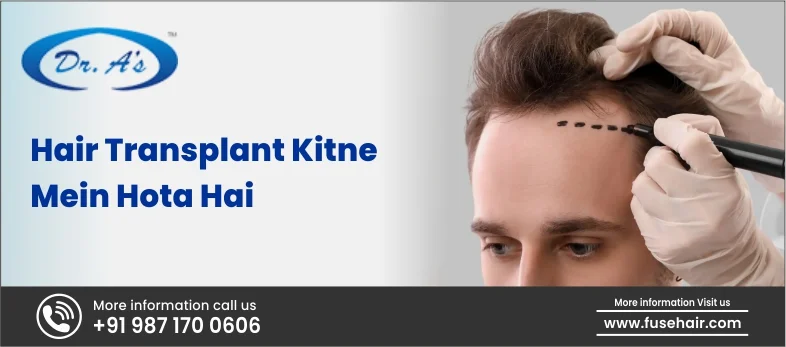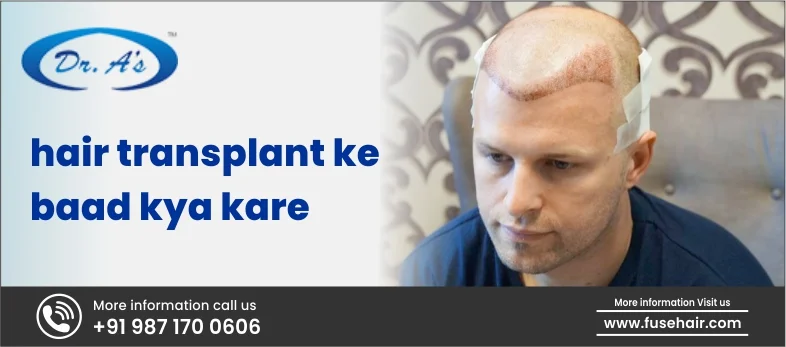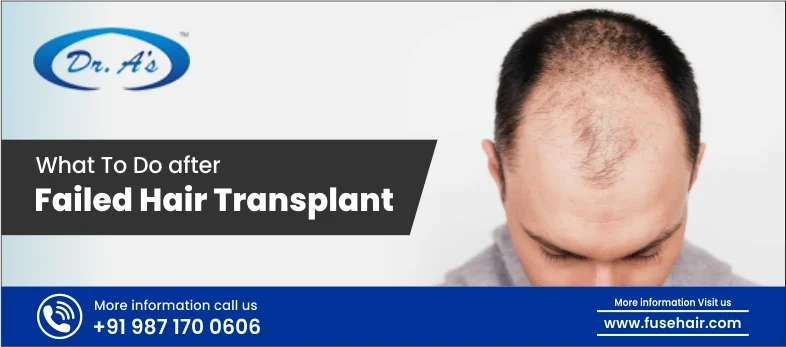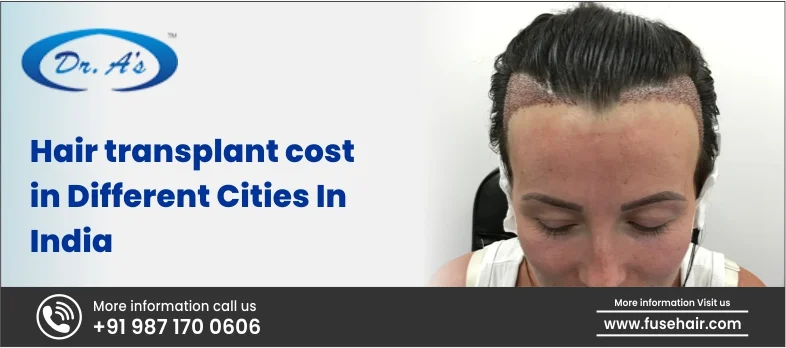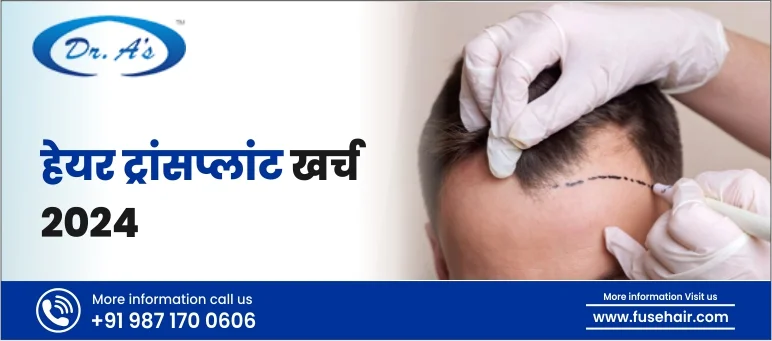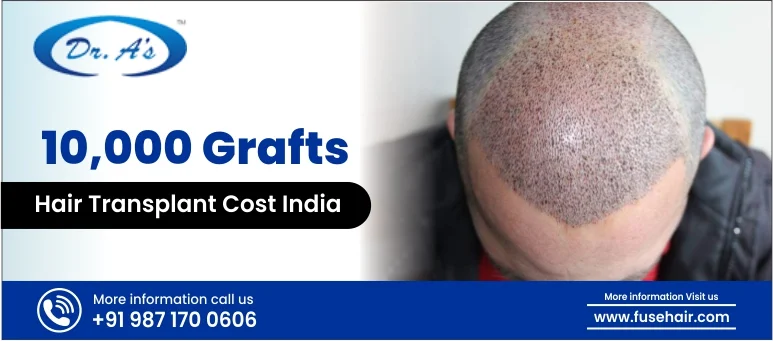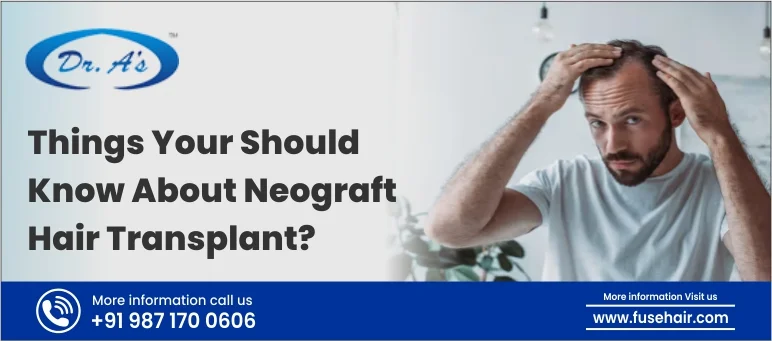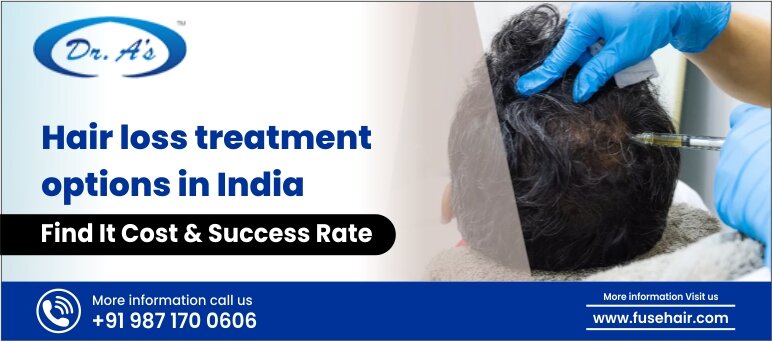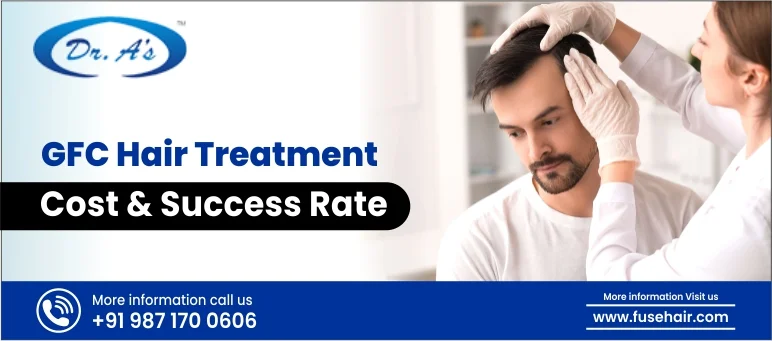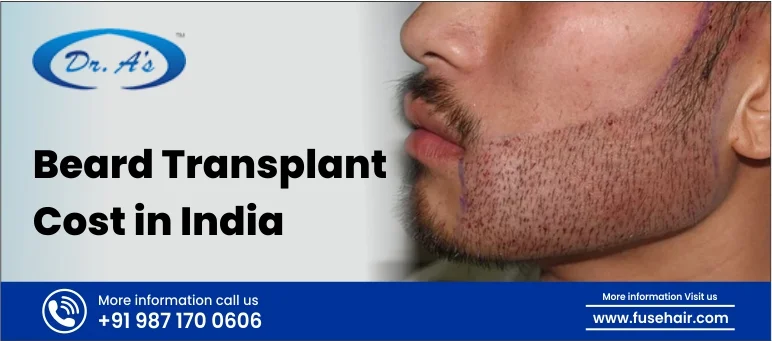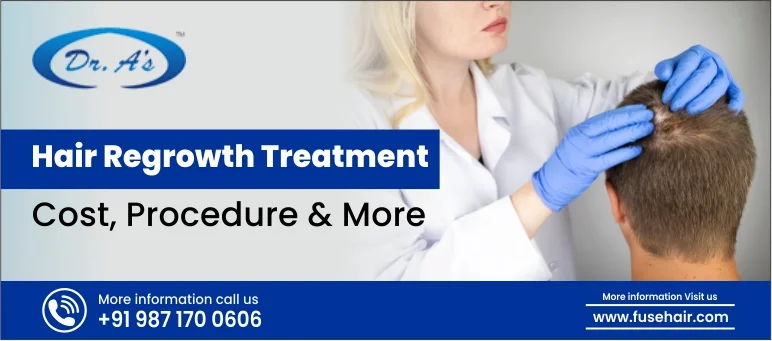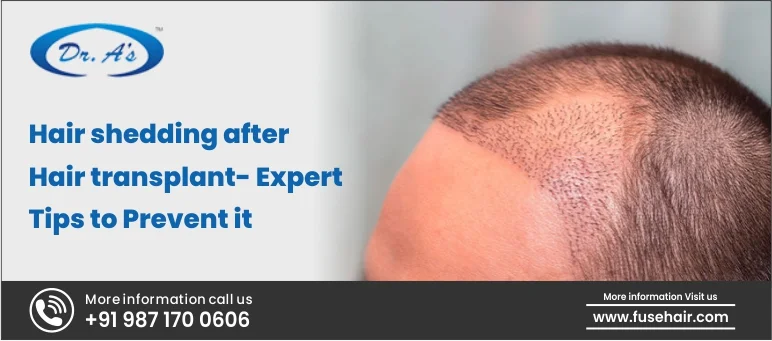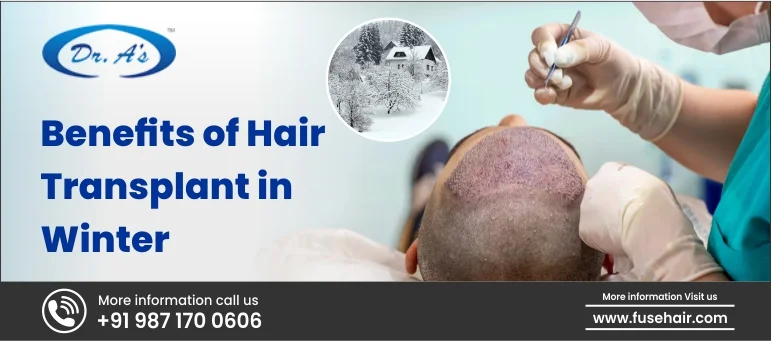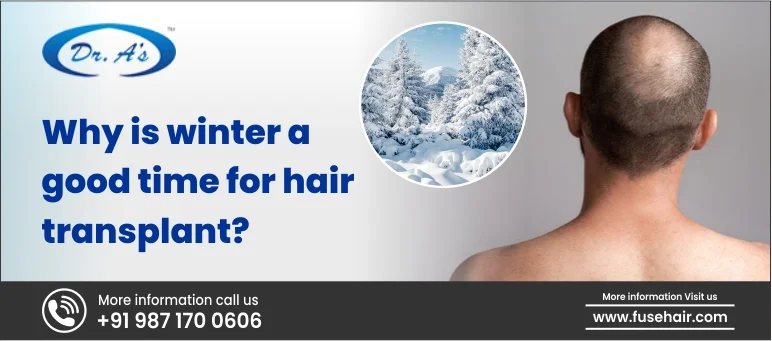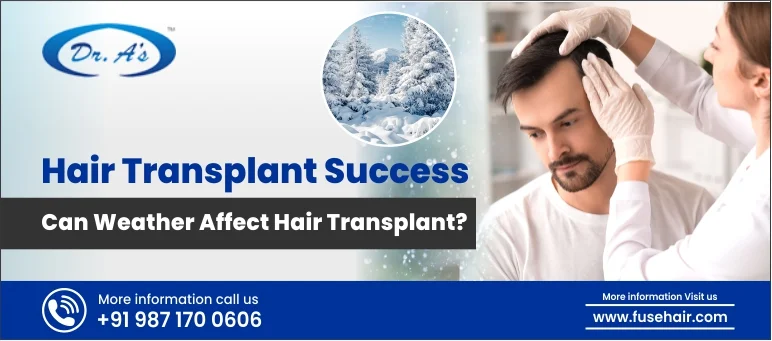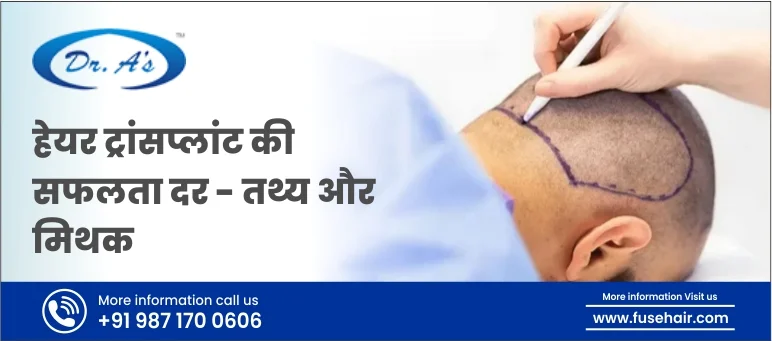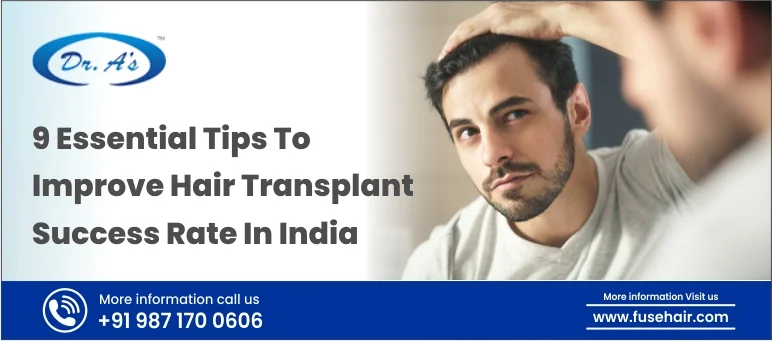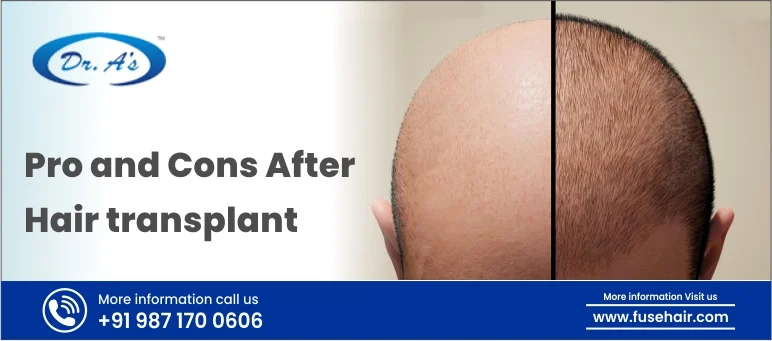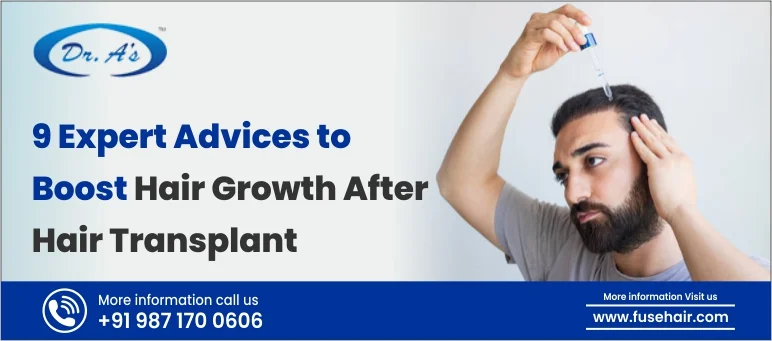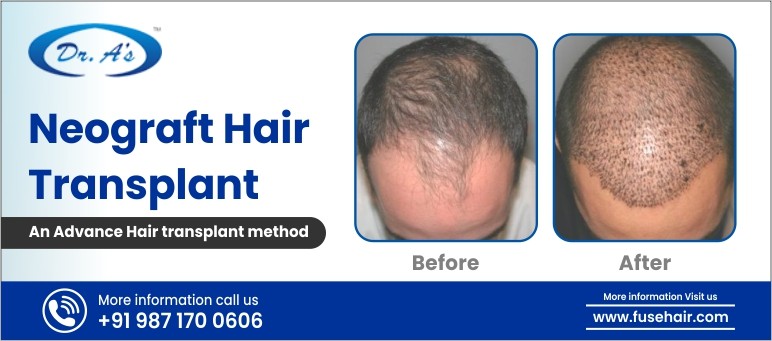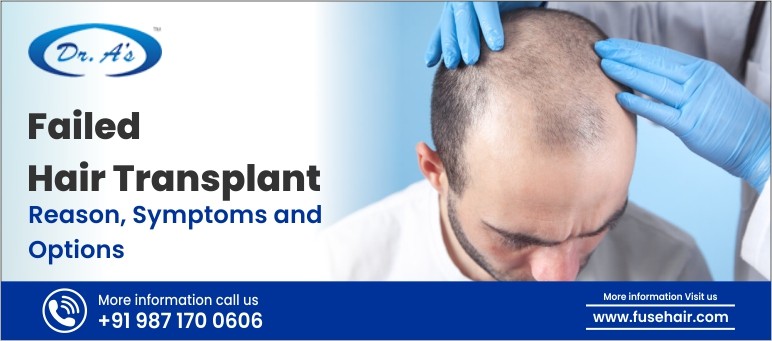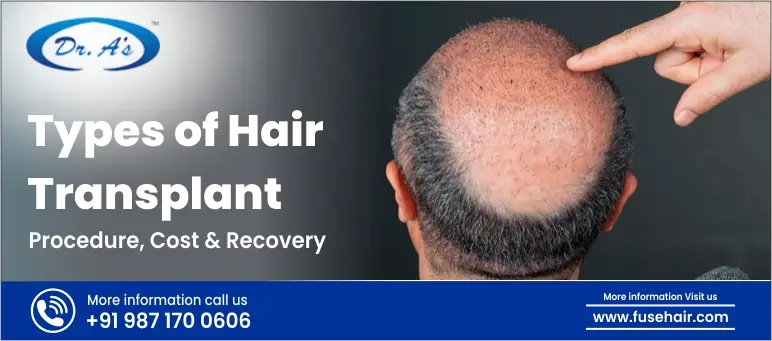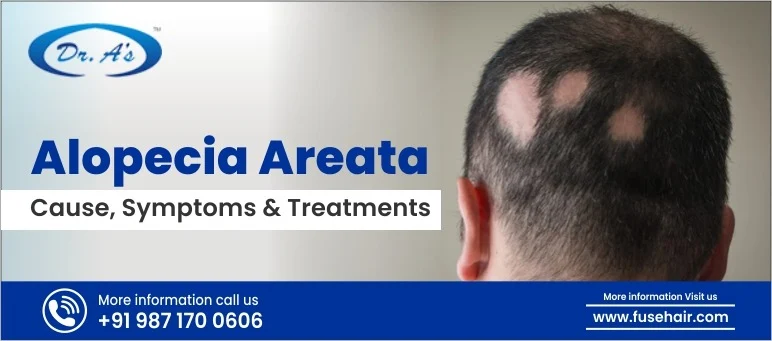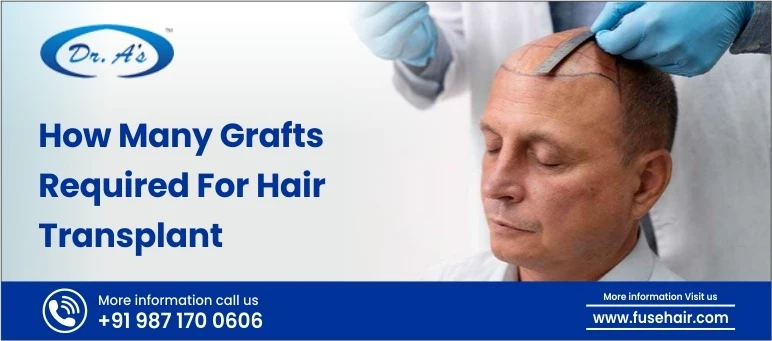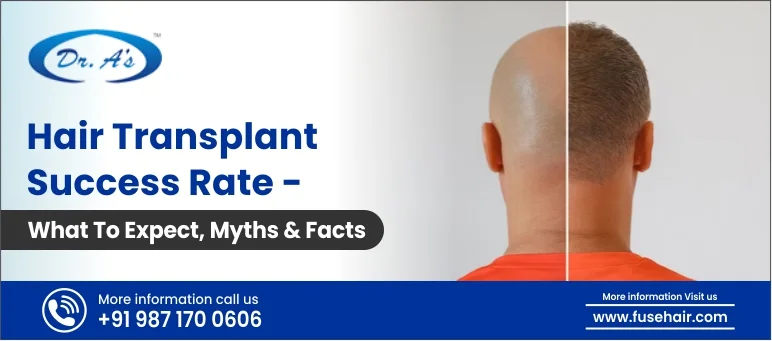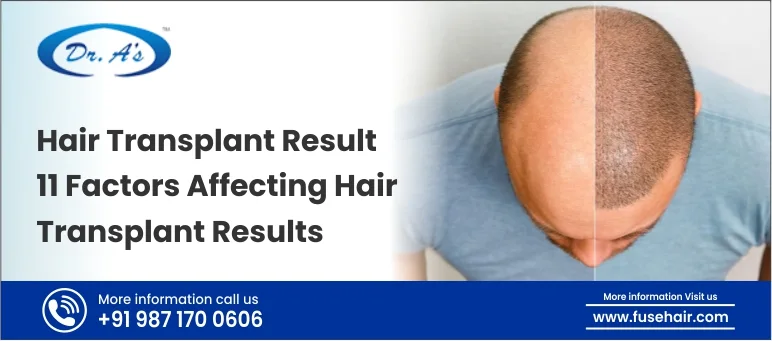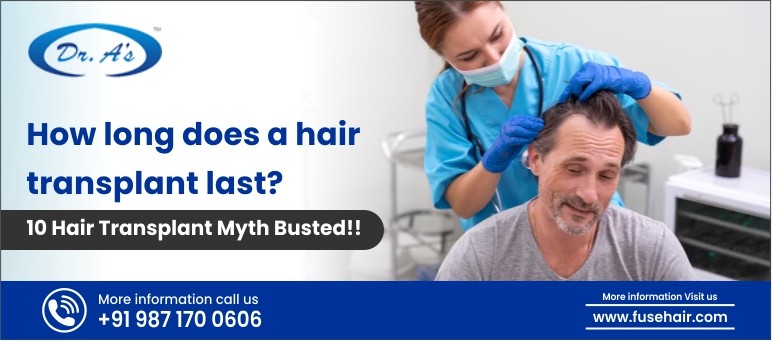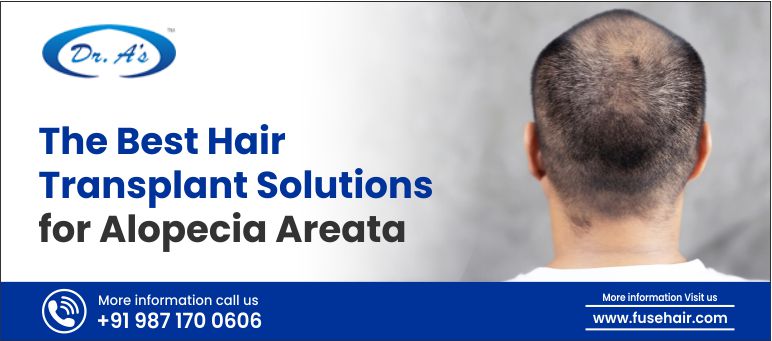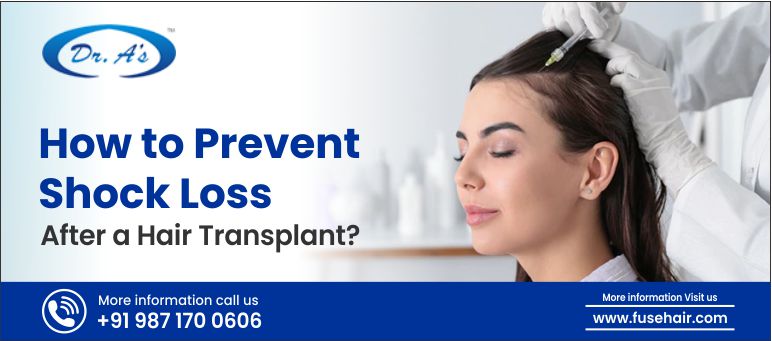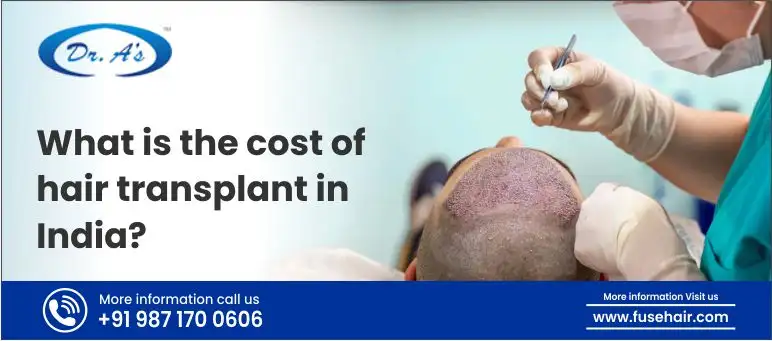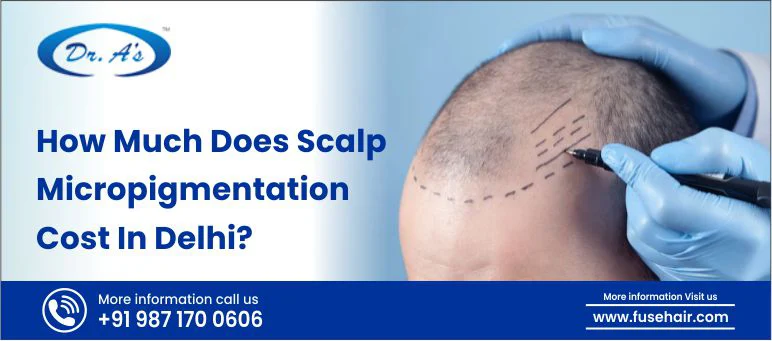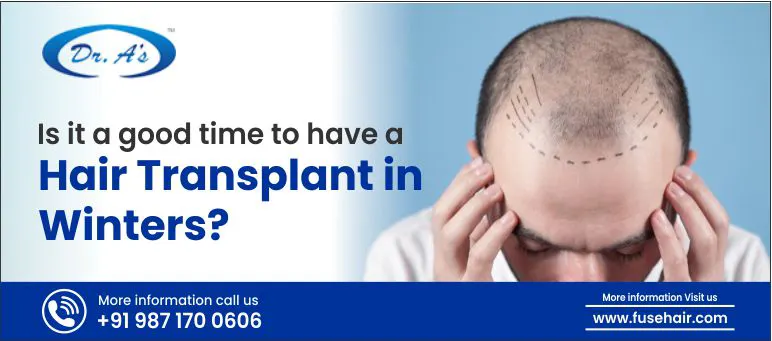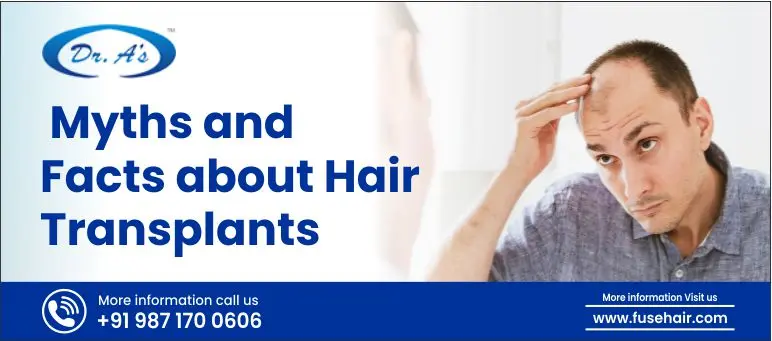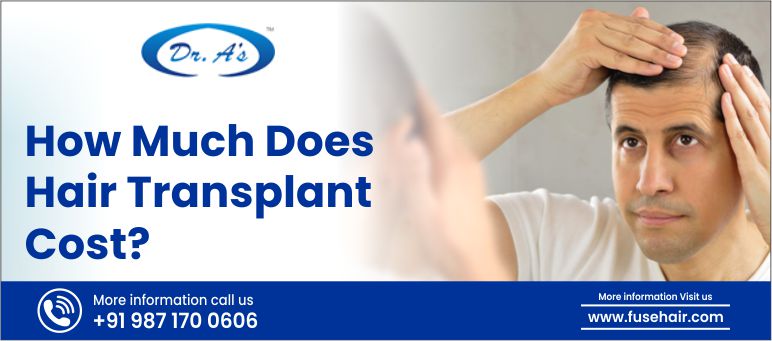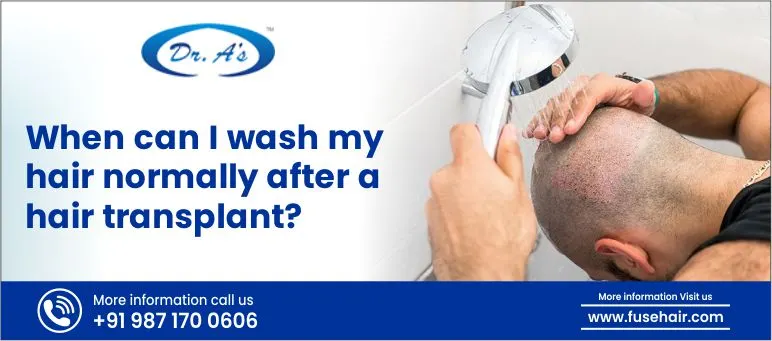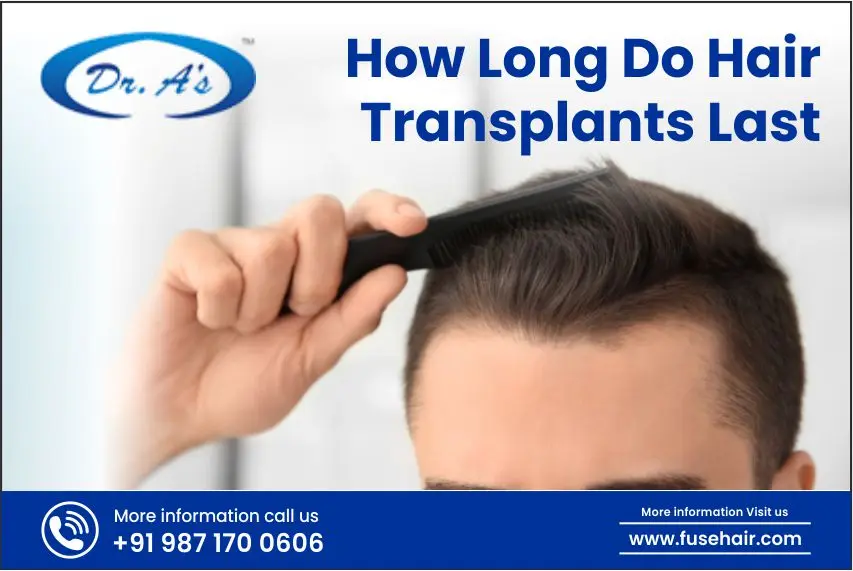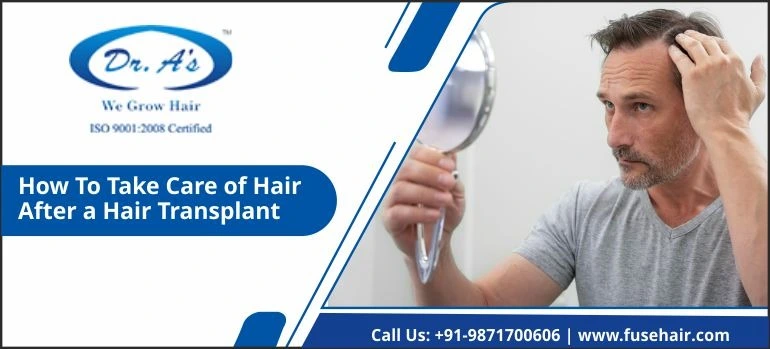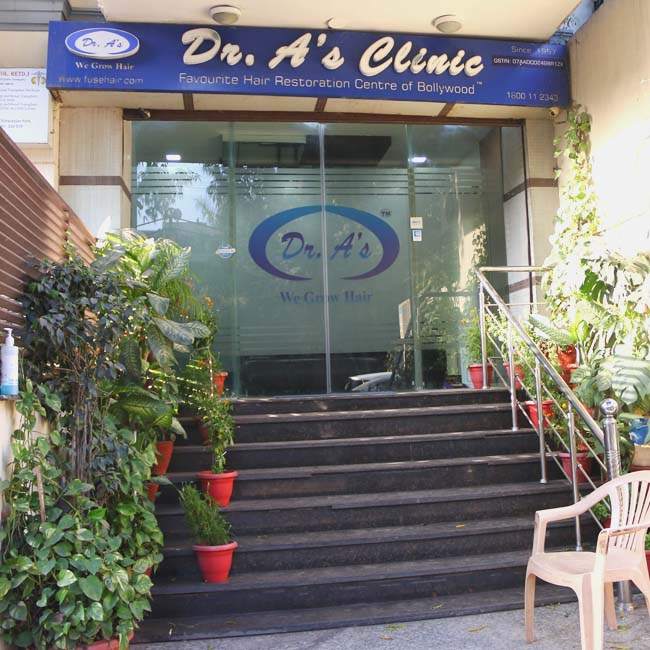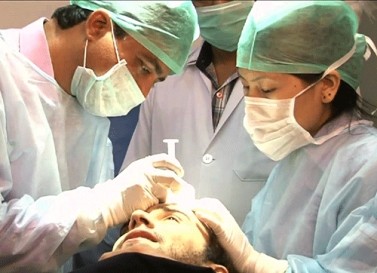
Hair transplant is a life-altering procedure, and the process does not stop at the time of surgery. The care you take of your donor site, specifically the region where hair follicles are removed, is a crucial factor in determining your hair outcome. Following proper aftercare guidelines allows for avoiding infection, faster wound healing, and preservation of the integrity of the grafts that are transplanted.
Led by Dr. Arvind Poswal, we at Dr. A’s Clinic make sure that our patients receive enhanced post-operative care after a hair transplant for long-lasting results. We guide them through all the do’s and don’ts that they should be careful about for effective donor area recovery.
Essential Do’s for Donor Area Care
Here are a few key tips that you should know when it comes to taking care of your donor area in the first few days after your hair transplant.
-
Do Keep the Area Clean and Dry
Cleanliness minimizes the danger of infection and causes healthy healing. Follow these steps as suggested by Dr. Arvind Poswal to ensure cleanliness in your donor area.
- It will take 2 or 3 days before you can begin to clean the area using gentle sulfate-free shampoo very carefully. Washing of your scalp is not advised during the first two days unless advised by your hair transplant surgeon.
- Ensure to limit the use of hot water while washing the scalp.
- Blot dry with a soft cotton cloth and never rub the spot. There is a risk of dislocation under excessive pressure or friction, which may disrupt scabs or healing follicles.
-
Do Follow Proper Medication Instructions
Post-operation, usually an antibiotic is administered to prevent contamination and an anti-inflammatory to relieve swelling or pain.
- Take all the antibiotics for as many days and doses as your hair transplant surgeon prescribed, even after your donor area seems to have recovered.
- Under your surgeon’s recommendation, painkillers should be used, and this should only be used when they are necessary.
- Use the ointments and topical sprays as prescribed by your surgeon. Irritation of the skin can be caused by abusing the donor area.
- Your surgeon is also likely to recommend saline sprays to keep the area hydrated, but without too much touching.
However, if you have any doubts regarding your medication instructions, do not hesitate to ask your surgeon. Our team at Dr. A’s Clinic is always available to address your concerns and ensure a smooth recovery.
-
Do Sleep in an Elevated Position
Sleeping at an inclination will minimize your post-surgical swelling and also ensure that your donor area does not get crushed.
- During the first 7-10 days, lie with your head elevated by 2 more pillows.
- It is important not to turn your back or turn to your sides in case your donor site is on the back of your scalp.
- You might use some sort of travel neck pillow so that you do not end up rubbing against it unintentionally.
Positioning the body in the right way during sleeping aids in the enhanced blood flow to the repairing tissues and inhibits the chances of developing inflammation. Our founder, Dr. Arvind Poswal, insists on good sleep to aid recovery.
-
Do Use Cold Compress
There are instances where the use of a cold compress helps reduce minor swelling or pain at the donor site. Nonetheless, this must only be done when your surgeon recommends it.
- Apply a soft, clean cloth and avoid putting ice right on the skin.
- Use the cold compress for 10-15 minutes, rest for at least an hour.
- Avoid using any pressure when using the compress. The objective will be to relax the region, rather than pressuring the healing skin.
Remember, the misuse of cold packs will do more harm than good to the donor area. So, be mindful of applying it and consult your hair transplant surgeon before doing this.
-
Do Maintain a Healthy Diet
The food is a major component in wound healing and hair growth. Your donor site after the hair transplant requires your body to obtain adequate nutrients to enhance the repair process in the area and even form new follicles.
- Protein-rich foods like eggs, fish, and legumes strengthen hair and can be replenished.
- Iron, zinc, and the vitamins A, C, D, and E are needed to repair tissue and maintain immune health.
- Consumption of plenty of water is essential. The hydrated state is going to speed their healing process and maintain the health of your skin and scalp.
Never take junk food, sweet snacks, or excessively processed food. A nutrient-dense diet gives an advantage to the natural healing process of the donor area and affects long-term survival of the transplant in a positive way. At Dr. A’s Clinic, nutritional advice is often part of the post-transplant care instructions to ensure patients heal both internally and externally.
Major Don’ts After Hair Transplant in the Donor Area
The right things are important to do, and so is taking precautions. Prevention of bad habits and practices will ensure the donor region recovers within the shortest time and without complications. So, here are some of the don’ts that you should follow after your hair transplant.
-
Don’t Scratch or Rub the Donor Area
During healing, one will experience itching, although scratching may lead to scars or displacement of hair grafts. Even lightly massaging the crumbs by hand, a towel, or pillows is dangerous. So, do not touch, prick, or scratch the donor site; let the scabs come dashing off by themselves.
-
Don’t Do Heavy Exercise and Avoid Sweating
Another thing is that you should not perform physical activities that make you sweat a lot or raise blood pressure within 7-10 days after a surgical operation has taken place. Sweat may contribute to the growth of bacteria in the healing part of a donor and slow down healing. Until your doctor gives the instruction, do not run, engage in gym or yoga activities.
-
Don’t Wear Tight Hats or Helmets
Headwear that is too tight may cause friction to the donor site, causing either irritation or destruction. Wear only breathable, loose caps, and your doctor should state that it is safe. For at least two weeks, bikes or a scooter should not be used without a helmet.
-
Don’t Consume Alcohol or Smoke Cigarettes
Alcohol and nicotine decrease the flow of blood and oxygen, which is imperative in donor area healing. The immune system is also weakened as a result of smoking, hence the risk of infection at the site increases. So, avoid them for at least two weeks after hair transplantation.
-
Don’t Skip Follow-Up Appointments
Forgetting to attend follow-up visits could lead to potential complications, such as infection, poor healing, or malformation of the graft. Thus, at Dr. A’s Clinic, we schedule follow-up visits every now and then, which enable Dr. Arvind Poswal to note improvements and make changes to your care plan as necessary.
Conclusion
Aftercare of the donor region is an important part of achieving a quick recovery and the desired outcomes of hair transplantation. Small details, such as maintaining a clean area, avoiding pressure, and following your hair transplant surgeon’s advice, can make a significant difference.
For a more precise consultation and personalized aftercare programs, visit Dr. A’s Clinic. Having more than 20 years of experience in the area of advanced hair restoration, our founder, Dr. Arvind Poswal, provides the most appropriate care for donor and recipient zones. Book an appointment today to get a quick recovery of your donor area and enjoy natural-looking, long-lasting hair.

